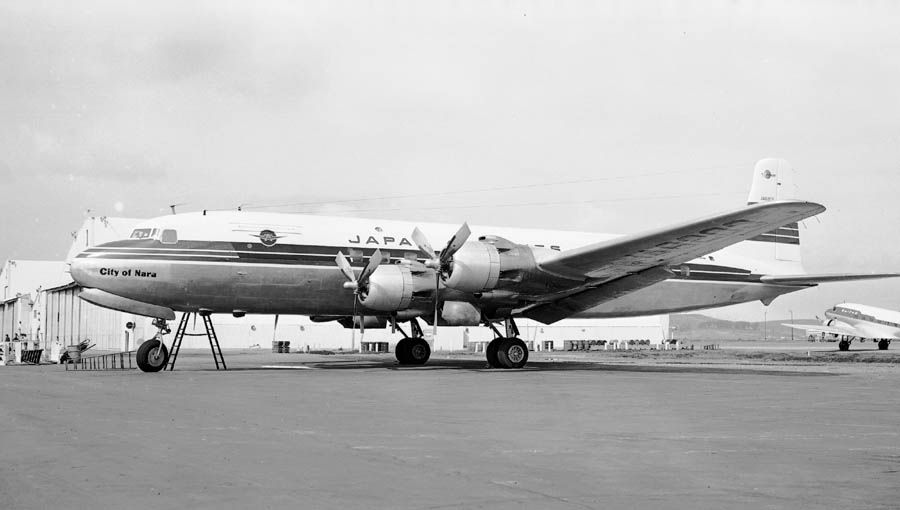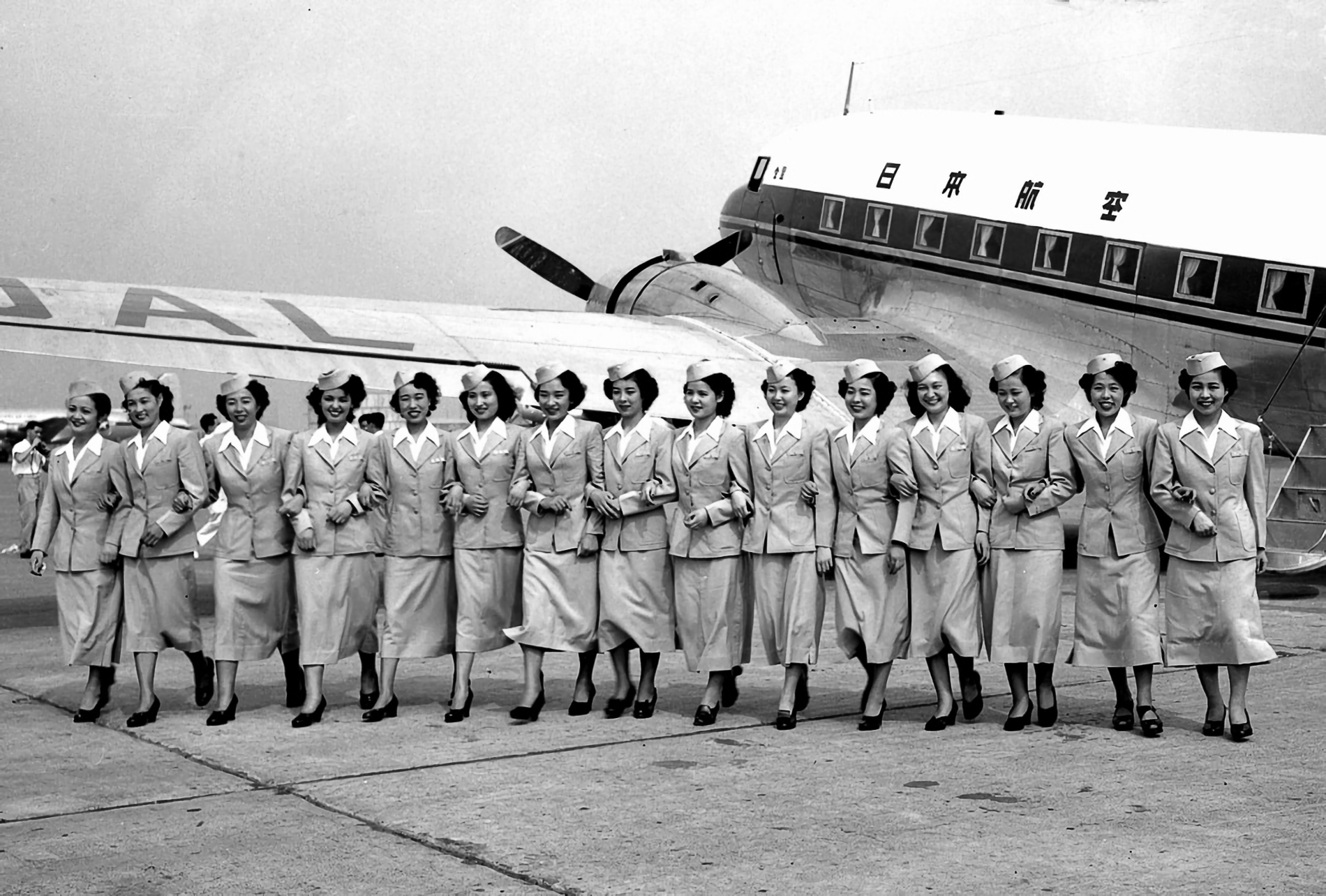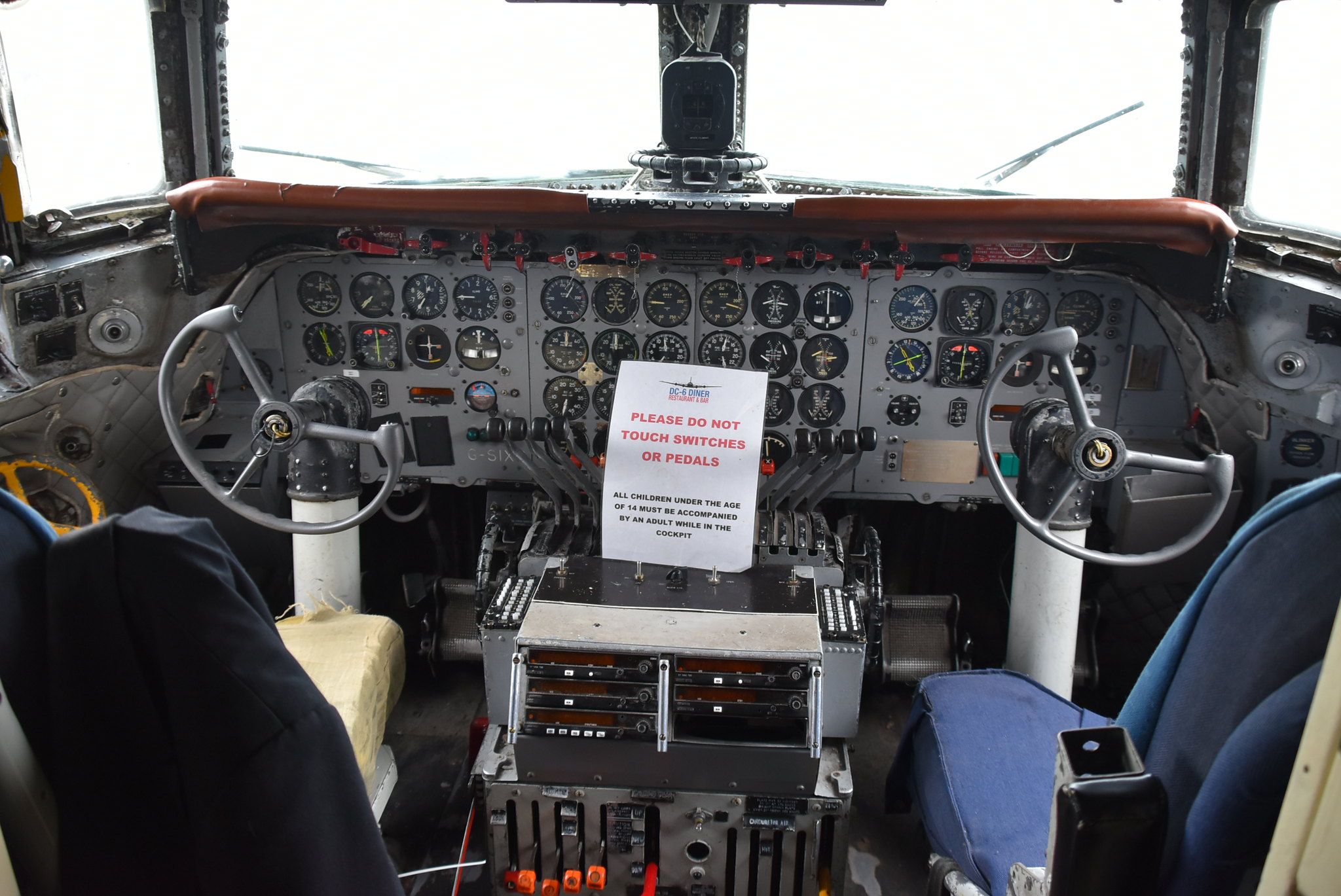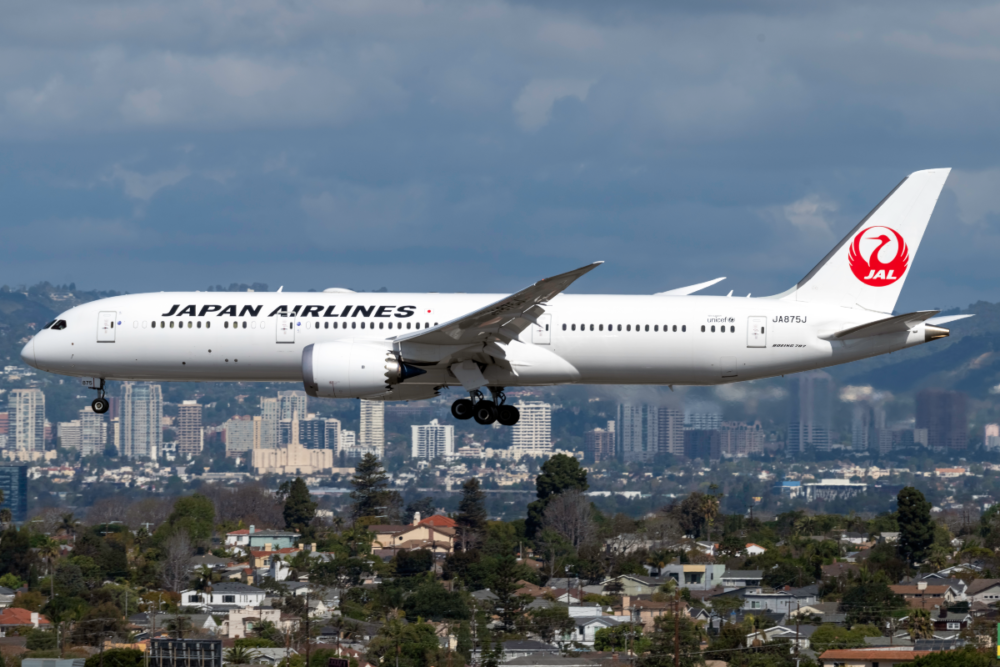February 2nd marks the 69th anniversary of Japan Airlines' first international flight. Before we get into that, though, let's first look into the history of Japan Airlines and see how it came to be.
Following the end of the Second World War in the Pacific, after Japan surrendered on September 2, 1945, General Douglas MacArthur took charge of the Supreme Command of Allied Powers (SCAP) and began work of rebuilding the country.
The American occupation of Japan can be divided into three phases:
- Fundamentally changing the government and society of Japan.
- Introducing a land reform bill that would benefit tenant farmers.
- Breaking up Japanese business conglomerates and introducing a free market economy.
Japanese companies were not allowed to operate aircraft
Immediately after the war, Japanese companies were not allowed to operate aircraft. It soon became apparent that for the Japanese economy to be rebuilt, it needed to have a reliable air service. Japan Airlines Co., Ltd. was established in Tokyo on August 1, 1951, and began operating flights using Douglas DC-3 aircraft leased from Philippine Airlines.
By 1953 the airline's domestic network had grown, with JAL flying as far north as Sapporo and Misawa and as far west as Fukuoka, Nagoya, and Osaka. Now ready to fly further afield, Japan Airlines operated its first international flight on February 2, 1954. It used a Douglas DC-6 to fly between Tokyo and San Francisco, with refueling stops at Wake Islands and Honolulu in Hawaii. Onboard the inaugural international flight were four crew members and 18 passengers.
JAL offered two round-trip weekly flights, with customers paying $650 for a one-way ticket. Initially, the 31-hour flight between Tokyo and San Francisco was flown by American crews. Japan Airlines rebranded its corporate image in preparation for international flights, knowing that it had to compete with Pan AM and Northwest Orient. The airline had its female flight attendants undergo training with United Airlines and wear traditional Japanese kimonos.
About the Douglas DC-6
Towards the end of WWII, the United States Air Force asked the Douglas Aircraft Corporation to build a pressurized version of the Douglas DC-4. Following the end of the war in 1945, the Air Force changed its mind about the plane, leaving Douglas to modify it to become a passenger airliner rather than a military transport.
By 1949 United, American, Delta, National, and Braniff were all flying DC-6 on routes in the United States. In 1952 Pan Am used a DC-6 for its first tourist-class transatlantic flights, and the plane was soon picked up by European airlines for their transatlantic flights.
The DC-7 opened up new routes
The new international flights presented an opportunity for Japan Airlines to grow, which led them to order more DC-6 aircraft. These would later be supplemented with Douglas DC-7s, which Japan Airlines put on the Tokyo-Honolulu-San Francisco route and used to open up new routes from Tokyo to Seattle and Los Angeles.
Following the expansion to the west coast of the United States, Japan Airlines began charter flights to Rio de Janeiro, São Paulo, and Caracas in South America.
Love aviation history? Discover more of our stories here




